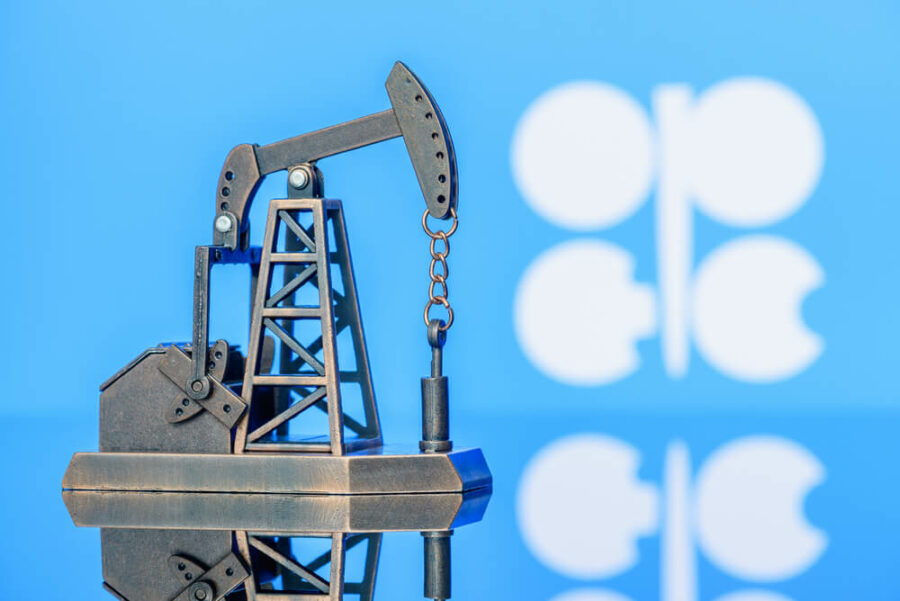OPEC has kept its forecast for global oil supply and demand flat, suggesting it expects little impact so far from Western attempts to cap the price of Russian oil on global crude flows.
The cartel left its forecast for oil supply growth from non-OPEC countries largely unchanged at 1.9 million bpd in 2022 and 1.5 million bpd in 2023.
The OECD did not revise its forecast for oil demand growth for this year and next. It expects oil demand to grow by 2.6 million barrels per day this year and 2.2 million barrels per day in 2023. That is, the two expectations were unchanged from last month.
The organization’s latest report this year was characterized by a cautious outlook linking the continued geopolitical turmoil, the uneven economic activity of countries, and the lack of clarity of measures related to the “zero Covid” policy in China while stressing the continuation of the proactive efforts of the “OPEC+” alliance to maintain market stability.
“Resolving the geopolitical conflict in Eastern Europe and easing China’s zero-Covid policy would provide some bullish support,” it said”.
But OPEC’s latest forecasts suggest the group sees little reason so far to expect Russian crude oil production to be hit hard by the latest sweeping Western sanctions targeting Russian oil revenues.
Read more: No change in OPEC+ policy on eve of Russia sanctions
The EU ban on imports of Russian crude oil came into force at the beginning of the month, as did the Group of Seven plan to set the price of Russian oil sold internationally.
While the measures raised fears that more Russian crude oil could be disrupted in the country, the initial reaction from oil markets was muted. Meanwhile, Russia has yet to carry out threats that it will retaliate by cutting production.
In its monthly report, OPEC revised its high forecast for Russian crude production next year to 10.11 million bpd from a previous estimate of 10.08 million bpd, but noted that there was “significant uncertainty” surrounding Russian crude production.
OPEC said the European Union’s ban on imports of Russian crude had reduced Russian crude oil flows to Europe by nearly one million barrels per day in November year-on-year, but other countries bought more Russian oil. OPEC pointed to a rise in Turkey’s imports of Russian crude, reaching 400,000 barrels per day from secondary levels last year.
Also in its report, OPEC said its production fell by 744,000 bpd in November to 28.8 million bpd, with Saudi Arabia’s output falling by about 400,000 bpd.
OPEC raised its forecast for economic growth in 2022 to 2.8 percent and left its forecast for 2023 unchanged at 2.5 percent.
“The chances of upside — or at least balancing factors — may come from the Federal Reserve’s success in steering the economy to safety in the United States, along with a continued decline in commodity prices and a settlement of tensions in eastern Europe,” OPEC said.
For more on the energy sector, click here.








